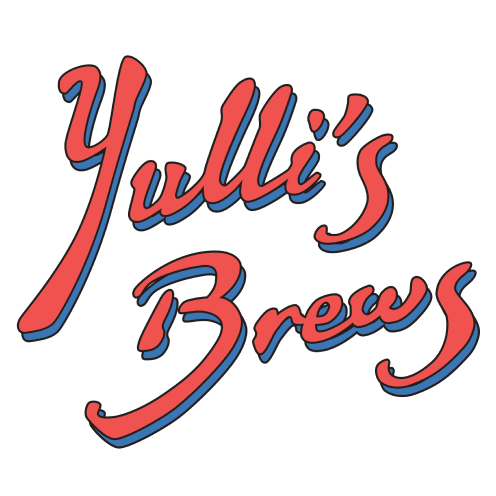While beer covers an enormous range of styles, colours, and flavours, when most people think of beer, they’re thinking of pale lager. Most commercially made beers in the world are pale lagers, and in Australia before the 90s, it was almost impossible to buy any other kind of beer.
Lagers are light in flavour and refreshing, designed to be easy to drink and difficult to put down. But don’t be fooled - while they may seem simple, lagers are a real art form.
What makes it a lager?
Every beer in the world falls into one of two categories: ale or lager. The difference is simply the kind of yeast used to make the beer. While ales use a kind of yeast that ferments on top of the beer, lagers use bottom-fermenting yeast.
Lagers also require a cooler temperature during the fermentation process (around 4-11ºC). Traditionally this was in a cool cellar - the word ‘lager’ means ‘storage’, and refers to the cold storage of this beer while it ferments - but the invention of refrigeration made this much easier and more reliable.
There’s great variety under the category of lager; just go to Oktoberfest celebrations (or Germany itself!) to explore some of the pale lagers, amber lagers and dark lagers that exist. But it’s pale lager that dominates shelves, fridges and pubs around the world.
What should you expect?
Within the broader lager camp, you can find a whole range of flavours: an amber lager carries toasty or caramel notes without being sticky, and a dark lager or Schwarzbier will give you that chocolatey or coffee flavour you might find in a stout, while being less heavy in the mouth.
Pale lagers are generally crisp and light-flavoured. Some have a pleasant sweetness from the malt, but many are designed to be dry and moreish. They seem simple, but lagers take longer to make than ales and there’s more that can potentially go wrong. So when a lager tastes clean and light-flavoured, know that a brewer has done an excellent job behind the scenes!
Lagers at the pale end of the spectrum are all about refreshment, so it’s no wonder they became so popular in the Australian climate. On a hot afternoon, or after a hard day’s work, there’s little more satisfying than smashing a cold lager. And since they’re generally low enough in alcohol that you can drink a few in a row, they make for an easy way to socialise with mates.
There’s still plenty of nuance among pale lagers, and occasionally an Aussie brewer will release a beer called a Helles or Pilsner. But since they’re mostly loved for drinking, not thinking, it’s common for all kinds of pale lagers to be simply labelled as ‘lager’.
If all you care about is drinking a refreshing beer, this makes it easy - grab a lager and don’t think too much about it!
If you’re interested in exploring nuances of flavour, this makes for a bit of a lucky dip. Will I taste some sweet malt, or will it be very dry? Will there be some fruity hop flavour, or hop spice, or will it taste completely clean? You can always see what the brewer says about it, but the best way is to taste it for yourself!
New World Lager

-
Flavour ProfileHopsMalt
- Clean
Tasting notesEl Jefe is simply the boss of drinkability. -
Flavour ProfileHopsMalt
- Dry
Tasting notesSeabass Mediterranean Lager is a light, dry and clean unfiltered lager






